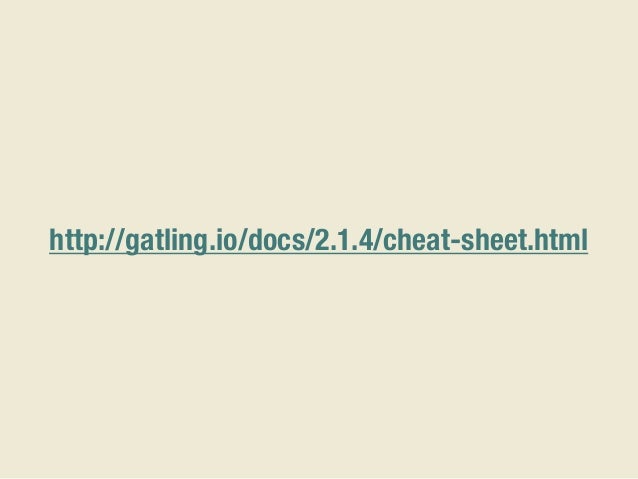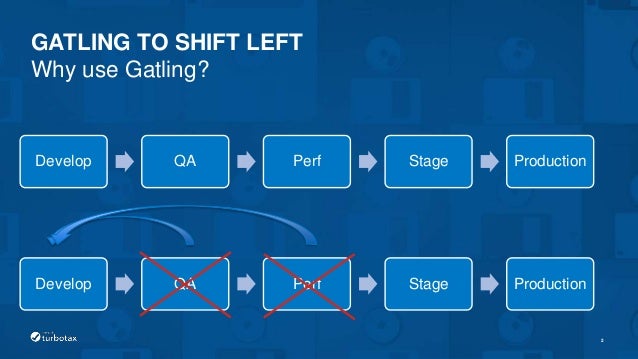This post is a Git Cheat Sheet with the most common Git commands you will likely use on a daily basis.
However even though I've updated my gatling version I don't see to find a way to use this feature and it seems to be missing an entry into the cheat sheet. Red Hat Developer cheat sheets 🌟 Browse through our collection of cheat sheets to help you develop with Red Hat products, which you can download for free as a Red Hat Developer member. You’ll find handy guides on a range of the latest developer tools and technologies, including Kubernetes, microservices, containers, and more. Programming Scala Git Command Cheat Sheet from ZeroTurnaround Java 8 New Features Java Concurrency Utilities CSS Cheat Sheet HTML5 Canvas Cheat Sheet MySQL Cheat Sheet Gatling Stress Tool Cheat Sheet Redis Cheatsheet Data Scientist Cheatsheet for Math in Machine Learning Cheatsheet - Vector Cheatsheet - Matrix Cheatsheet for LaTeX Design/.
If you are a technical tester working alongside developers, you should be familiar with the basic Git commands.
This post contains enough Git knowledge to get you going on a day to day basis as a QA.
If you haven’t got Git installed on your machine, you can follow the steps in How to Install Git on Mac and Generate SSH Keys.
Initial Git Setup
Initialize a repo
Create an empty git repo or re-initialize an existing one
Clone a repo
Clone the foo repo into a new directory called foo:
Git Branch
How to Create a New Branch in Git
When you want to work on a new feature, you typically create a new branch in Git. As such, you generally want to stay off the master branch and work on your own feature branches so that master is always clean and you can create new branches from it.
To create a new branch use:
How to List Branches in Git
If you want to know what branches are available in your working directory, then use:
Example output:
How to Switch Branches in Git

When you create a new branch then Git automatically switches to the new branch.
If you have multiple branches, then you can easily switch between branches with git checkout:
How to Delete Branches in Git
To delete a local branch:
Use the -D option flag to force it.
To delete a remote branch on origin:
Gatling Cheat Sheet Free
Related:
Git Staging
To stage a file is simply to prepare it for a commit. When you add or modify some files, you need to stage those changes into “the staging area.” Think of staging as a box where you put things in before shoving it under your bed, where your bed is a repository of boxes you’ve previously have shoved in.
Git Stage Files
To stage or simply add files, you need to use git add command. You can stage individual files:
Gatling Cheat Sheet Fortnite
or all files at once:
Git Unstage Changes
If you want to remove a certain file from the stage:
Or remove all staged files:
You can also create an alias for a command and then use it with Git:
Git Status
If you want to see what files have been created, modified or deleted, Git status will show you a report.
Git Commits
It is a good practice to commit often. You can always squash down your commits before a push. Before you commit your changes, you need to stage them.
The commit command requires a -m option which specifies the commit message.
You can commit your changes like:
Undoing Commits
The following command will undo your most recent commit and put those changes back into staging, so you don’t lose any work:
To completely delete the commit and throw away any changes use:
Squashing Commits
Let’s say you have 4 commits, but you haven’t pushed anything yet and you want to put everything into one commit, then you can use:
The HEAD~4 refers to the last four commits.
The -i option opens an interactive text file.
You’ll see the word “pick” to the left of each commit. Leave the one at the top alone and replace all the others with “s” for squash, save and close the file.
Then another interactive window opens where you can update your commit messages into one new commit message.
Git Push
After you have committed your changes, next is to push to a remote repository.
First Push
Push a local branch for the first time:
After that, then you can just use
Push local branch to different remote branch
To push a local branch to a different remote branch, you can use:
Undo Last Push
If you have to undo your last push, you can use:
Git Fetch
When you use git fetch, Git doesn’t merge other commits them with your current branch. This is particularly useful if you need to keep your repository up to date, but are working on something that might break if you update your files.
To integrate the commits into your master branch, you use merge.
Fetch changes from upstream
Git Pull

Pulling is just doing a fetch followed by a merge. When you use git pull, Git automatically merges other commits without letting you review them first. If you don’t closely manage your branches, you may run into frequent conflicts.
Pull a branch
If you have a branch called my_feature and you want to pull that branch, you can use:
Gatling Cheat Sheet Roblox
Pull everything
Or, if you want to pull everything and all other branches
Git Merging and Rebasing
When you run git merge, your HEAD branch will generate a new commit, preserving the ancestry of each commit history.
The rebase re-writes the changes of one branch onto another without creating a new commit.
Merge Master Branch to Feature Branch
Or with rebase option, you use:
Merge Feature Branch to Master Branch
Git Stash
Sometimes you make changes on a branch, and you want to switch to another branch, but you don’t want to lose your changes.
You can stash your changes. Here’s how you do a stash in Git:
Now, if you want to unstash those changes and bring them back into your working directory use:
